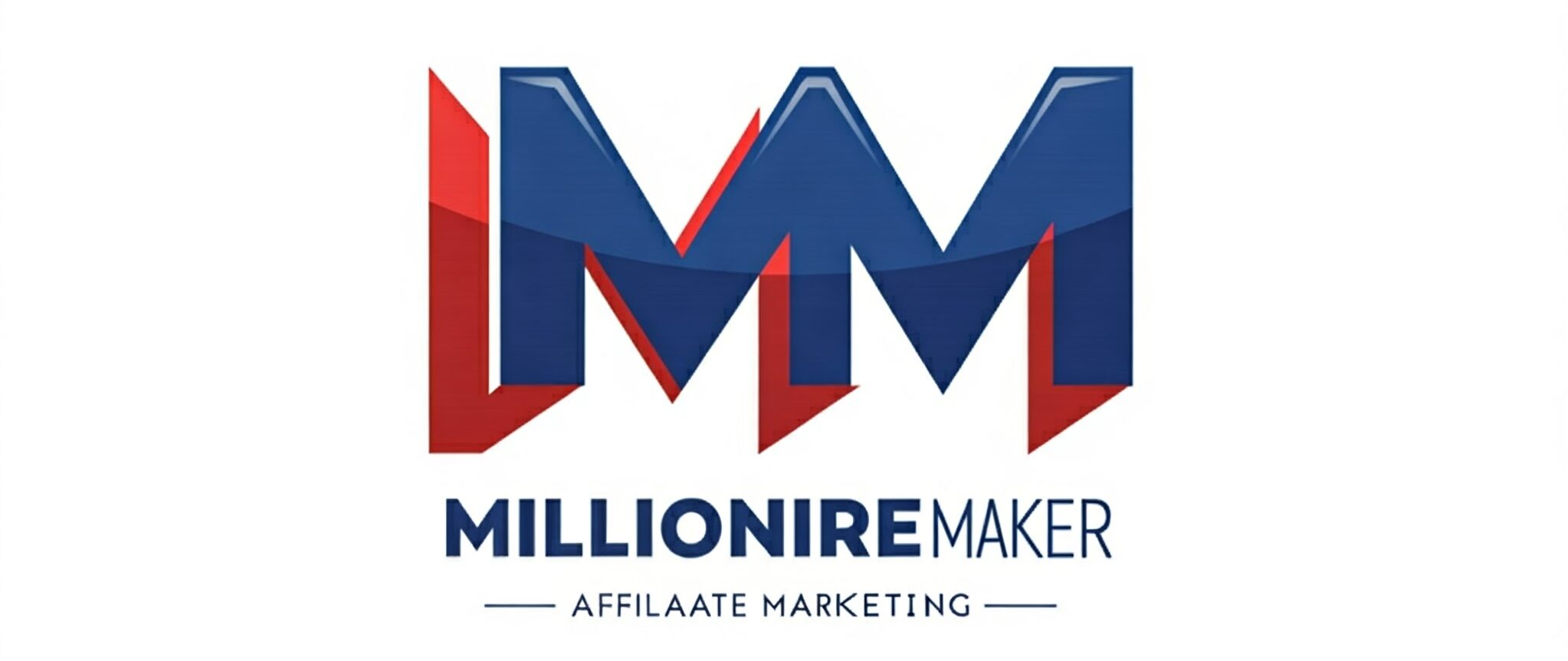Affiliate marketing might sound fancy, but it’s pretty straightforward. It’s all about promoting products or services and earning a commission when someone makes a purchase through your referral link. This digital hustle is perfect if you’re looking to make some extra cash online.
In affiliate marketing, you, as the affiliate, find a product you love or believe in. You then promote it to your audience through blogs, social media, or other channels. You get a unique link, and every time someone buys through that link, ka-ching! You get a cut. Simple, right?
So why should you consider jumping on the affiliate marketing bandwagon? One big reason is the low barrier to entry. You don’t need a warehouse of products or customer service reps. Just a platform to promote and some determination. Plus, it’s flexible. Whether you’re a night owl or an early bird, this gig adjusts to your schedule.
Now, while it’s appealing, affiliate marketing can come with its own set of bumps. Be genuine in your promotions. Your audience can sniff out insincerity from miles away. Pick products that resonate with you and your folk. And another thing, don’t get too link-happy. Too many links can turn your audience off faster than you can say ‘spammy’.
Lastly, success in affiliate marketing comes from understanding your audience and offering them value. Educate, entertain, and engage them. Instead of pushing products, think of how these products solve problems for your readers. Keep it real, useful, and relatable.
Top Affiliate Marketing Programs for Beginners

Choosing the right affiliate program is crucial. While the options out there are extensive, some are more beginner-friendly than others. You want programs that are easy to join, offer good commission rates, and have strong reputations.
One solid choice is Amazon Associates. It’s one of the oldest and most reliable programs, making it perfect for beginners. Nearly everyone shops on Amazon, so people are more likely to trust your referral link. Plus, it’s got a vast range of products to promote, fitting almost any niche.
ClickBank is another great option. With a focus on digital products, it’s fantastic if you have a blog or site geared toward online courses, eBooks, or software. The commissions here can be pretty juicy, sometimes reaching up to 75%.
ShareASale has been around for a while and offers a mix of physical and digital products. It’s easy to navigate, and the signup process isn’t a headache. ShareASale’s dashboard is user-friendly, making it easier to track your earnings and performance.
Commission Junction (CJ) is another heavyweight in the affiliate marketing world. It partners with big brands, giving you access to some high-quality products. While their application process is a bit more rigorous, the potential rewards are worth it. Just ensure you have a decent online presence before applying.
Joining these programs usually straightforward. Most require you to fill out an application detailing your platform and audience size. Don’t stress if you’re just starting out; many programs accept beginners with smaller followings. Once you’re in, you’ll get your unique links, marketing materials, and sometimes even mentoring or community support.
Remember, the key to picking an affiliate program is aligning it with your interests and your audience’s needs. Whether you go with Amazon’s massive catalog or ClickBank’s high-commission digital products, choose what feels right for you and your platform.
Strategies for Success in Affiliate Marketing
Creating valuable content is your bread and butter. High-quality, engaging content is what draws people in and keeps them coming back. Whether you’re blogging, vlogging, or posting on social media, always aim to deliver something your audience finds useful or entertaining. Consistency is also key, so stick to a content schedule that works for you.
Building an audience takes time but is essential. Start by defining your niche—what are you passionate about that you can talk about endlessly? Focus on building a community around that. Engage with your audience through comments, emails, or social media interactions. Make them feel valued, and they’re more likely to trust your recommendations.
Leveraging SEO and social media can give your affiliate marketing efforts a significant boost. Use keywords related to your niche to improve your search engine ranking. Share your content across different social media platforms to reach a wider audience. Each platform has its quirks, so tailor your posts accordingly. Remember, it’s not just about being everywhere; it’s about being where your audience is.
Adapting effective marketing strategies tailored to beginners can make a big difference. Email marketing can be a goldmine if done right—build an email list and send out regular newsletters featuring your affiliate links. Consider running promotions or special deals as an incentive for clicks. Partnering with other bloggers or influencers in your niche can also open doors to new audiences.
In affiliate marketing, the focus should always be on providing value first. Sales should be a happy byproduct of genuinely helping people. When you prioritize your audience’s needs and interests, success is much more likely to follow.
Tracking Performance and Optimizing Campaigns
Tracking and analyzing performance is where the magic happens. Knowing what works and what doesn’t helps you make smarter decisions. Start by setting up tracking for your affiliate links. Most affiliate programs offer built-in analytics, but third-party tools like Google Analytics can give you even more detail.
Keeping an eye on key metrics is vital. Click-through rates (CTR), conversion rates, and earnings per click (EPC) can provide insights into your campaign’s effectiveness. High CTRs but low conversion rates might indicate an issue with your product landing page or the relevance of the product to your audience.
Tools like Google Analytics aren’t the only way to monitor performance. Many affiliate networks come with built-in dashboards that show real-time data about clicks, sales, and commissions. Make it a habit to check these dashboards regularly. Adjust your strategy based on what the numbers tell you.
Conversion rate optimization (CRO) can significantly impact your earnings. Simple tweaks like improving page load times, creating compelling calls to action, and ensuring your content is mobile-friendly can make a difference. A/B testing different elements of your content can also help you figure out what resonates best with your audience.
Performance data provides a roadmap for what’s next. If certain types of content or products perform well, double down on those. If something isn’t working, don’t be afraid to pivot. The key is to stay flexible and be willing to makes adjustments based on what the data shows.
By paying attention to your analytics and being adaptive, you’ll find your groove in no time. Embrace the process, learn from the data, and your affiliate marketing efforts will flourish.


Yes, affiliate marketing sounds fancy. However, it’s both simple and. complicated at the same time. it’s simple when you understand the concept. But it might be complicated when you don’t master the techniques that will grant you success in the digital world. personally, I enjoy writing content, and I’ve seen that my work starts to pay off as my content is regularly indexed and starts ranking on Google. I hope that I’ll be on the first page of Google, that would be my ultimate pleasure!
I agree. Affiliate Marketing has advantages and disadvantages. There is a learning curve. I am a beginner myself. I just want to explore all available ways to make money.